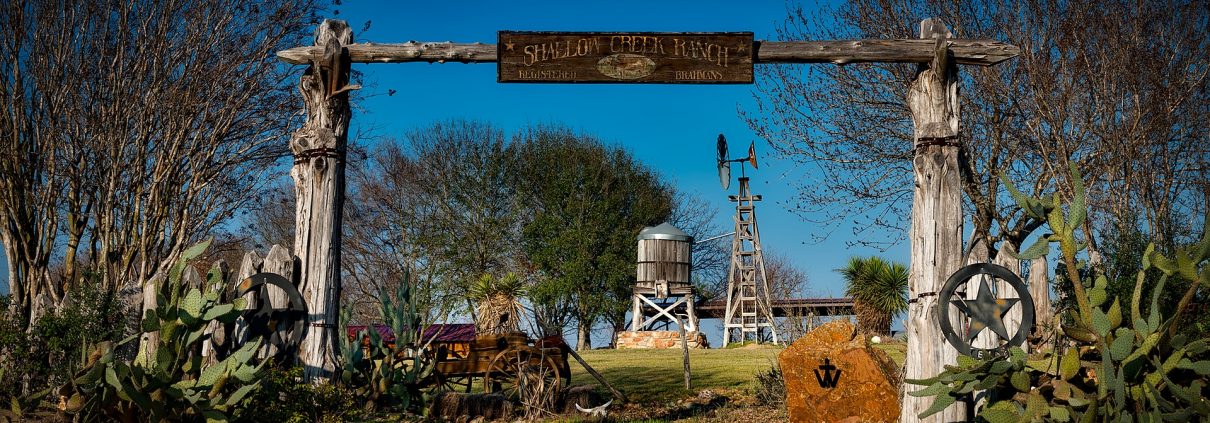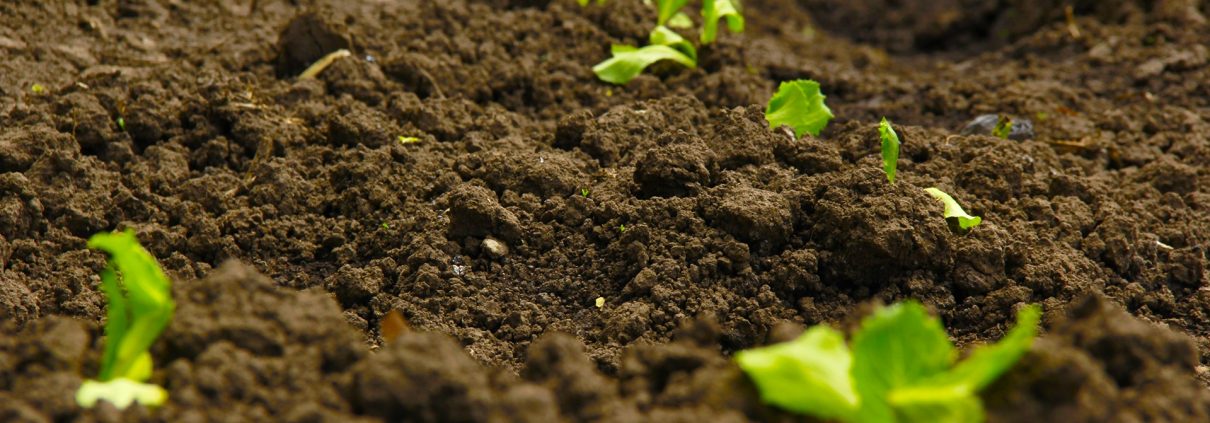How to Buy Hunting Land
When you buy hunting land, you get to enjoy your private property without following another property owner’s rules. That opportunity has obvious appeal to anyone looking for recreational land. Knowing how to buy hunting land, however, isn’t the same knowing how to purchase a home. Before you commit to purchasing property, make sure you know how to buy hunting land that meets your needs.
Set a Realistic Budget Before You Buy Hunting Land
First, you need to know realistically how much money you can afford to spend on recreational land for hunting.
Most people don’t have enough cash on hand to purchase the amount of acres they would like, so they rely on lenders. Borrowing money makes it easier to buy property, but it also adds to the overall cost. Even though you spread out the payments over several years, you still pay interest on the money you borrow.
Another option is to buy hunting land with a group of investors through a land-owning partnership and share the property. This avenue can have many benefits even outside of the dollar savings.
Whether buying the land solo or as part of a group partnership, it’s always best to set a realistic budget before you even start looking at land. Then, you can make sure you are spending your time exploring the right options.
Do You Want to Earn Money From Your Recreational Land?
The good news is that you can potentially offset some costs when you buy hunting land. For example, you can charge a fee for other people to hunt on your property. Depending on the area, you may also generate income by:
- Harvesting timber.
- Growing high-value crops.
- Hosting agritourism-like events outside of hunting seasons.
Data also shows that the COVID-19 pandemic has encouraged some people to buy recreational land where they can find refuge away from crowded cities. As land values increase, you could profit from selling parcels of your land or renting to people looking for weekend getaways.
Know What Features Your Recreational Land Needs
When you visit properties, look for the types of features that attract wildlife. This may sound obvious, but you want to make sure you buy hunting land that already attracts the type(s) of game you enjoy hunting. Seek game signs such as deer trails, scrapes, rubs, and beds to see if the property shows sign wildlife use you want on the land. If you want to hunt deer, for example, look for a property that has enough thick wooded areas. Alternatively, purchase a property with access to a pond, lake, or stream if you enjoy fishing.
You should also consider the value of features that will make the land more comfortable and fun. You might prefer owning recreational land that already has certain features, like:
- Housing where you can spend the night.
- Tree stands that are well kept.
- A barn or shed where you can store equipment.
- Docks that let you fish in deeper water.
- Trails that make it easier for you to explore your land’s beauty.
Features You Can Add After You Buy Hunting Land
Don’t write off a property that comes very close to meeting your needs. You can always add features to your recreational land after you buy it. Keep in mind that you can add some features more easily than others.
One great way to make your hunting land more attractive to game is by planting mast bearing or fruit trees, and/or adding food plots. Make sure you choose food sources that your preferred game love to eat. As long as you have the right soil, planting can require minimal effort. You can also add water troughs or ponds.
It’s also very easy to improve your recreational land’s value by adding trail cameras. You can use the cameras to show hunters, vacationers, or potential future buyers pictures of the land and wildlife on it. Photos also make great souvenirs that will encourage more people to visit your property. Photos taken with trail cameras are one of the best ways to increase the chances of selling your property for the price you want when the time comes.
“Trail camera photos and harvest photos are one of the top items that buyers of hunting land look and ask for when considering which property to buy. Our website analytics show properties with trail camera and harvest photos have a much longer view time and total number of views versus the ones that do not. Purchasing a trail camera and a thumb drive to keep a history of the wildlife on your property is the single most cost effective thing you can do to improve the value of your property,” says Accredited Land Consultant Bob Stalberger, a land specialist in Minnesota with Whitetail Properties Real Estate.
Also, remember that adding features will increase the overall cost of your land. Include the cost in your budget and be careful not to spend more money than you intended. It’s considerably more costly to add large bodies of water, buildings, electrical lines, and wells to the property.
Focus on Convenient Locations
How far is it for you to drive to reach your recreational land? Are you willing to drive three hours? How about eight?
Buy hunting land in an area that you find convenient. Of course, convenient means something different to everyone so its important to determine how far is too far early on in the process so you don’t waste time looking at properties not in your desired range. If you have a demanding job in a metropolitan area, you might want to look for a relatively nearby location on the outskirts where you can spend the weekends. If you’re retired or work remotely, you might not mind making a longer drive to stay on your recreational land for a week or longer at a time – or even live there full time.
If you intend to generate income from your land, remember that most weekend warriors won’t want to travel very far to hunt. Focus your attention on hunting land as close as possible to major cities to get the most bang for your buck unless your planning to specialize in trophy hunting. It might also help to choose hunting land located near a small town where visitors can get supplies or have dinner.
Learn About the Neighboring Properties
Knowing about neighboring properties can help you decide whether land will make a good place for hunting. If your acreage is surrounded by farmland, then you probably don’t have anything to worry about. If there’s a community nearby, though, you should consider the possibility that your activities might not be allowed.
You should also talk to neighbors to learn about local residents. Are they the kind of people who respect private property, can you trust them not to trespass to hunt on your land while you’re away?
Find the right Agent
Not all agents are created equal and just because you might know a licensed real estate agent that is a friend or family member doesn’t mean they are experts in the land business. If you need help choosing recreational land that’s perfect for you, make sure to start by finding a land consultant who has the experience and expertise needed to help you find the perfect property to meet your needs. We suggest finding an Accredited Land Consultant (ALC).




























